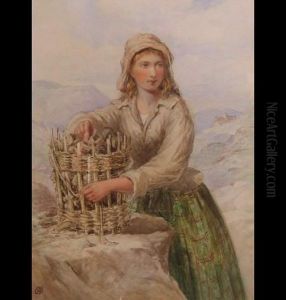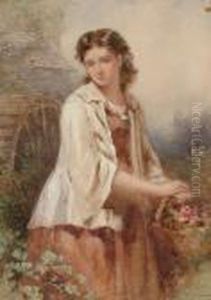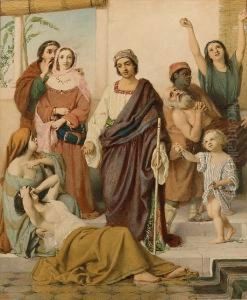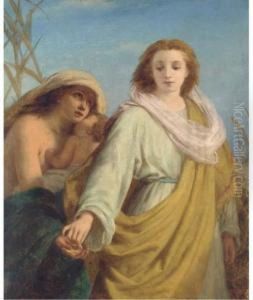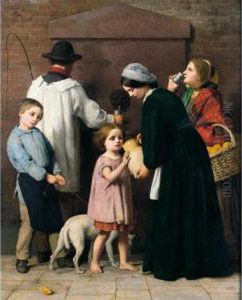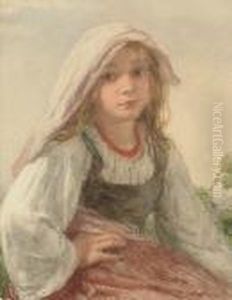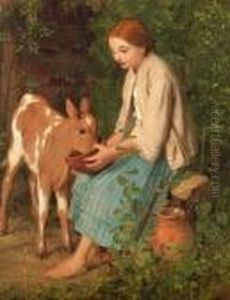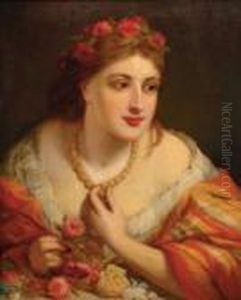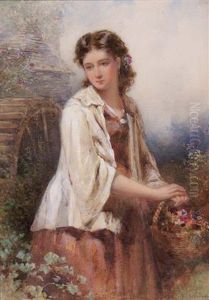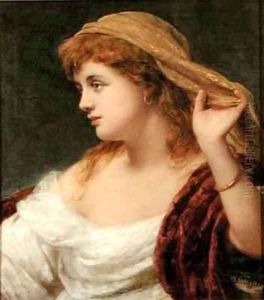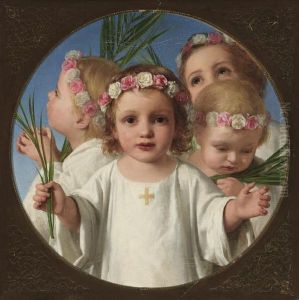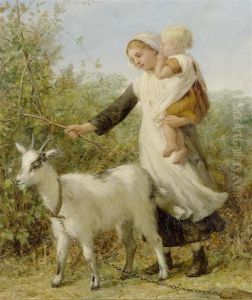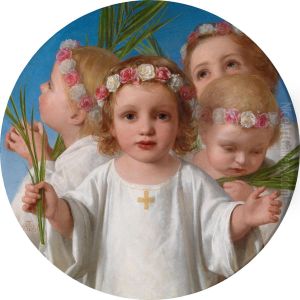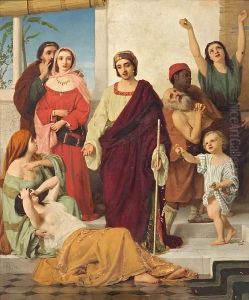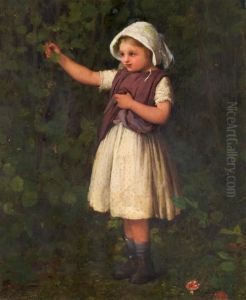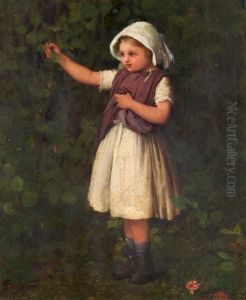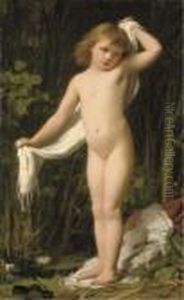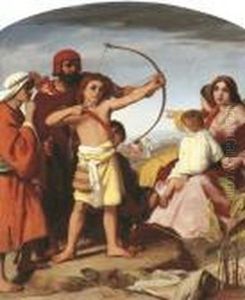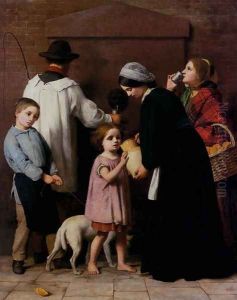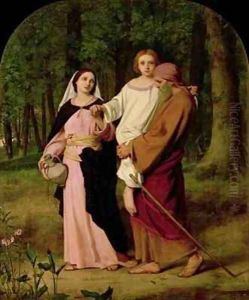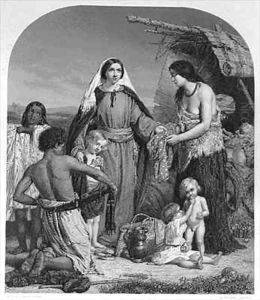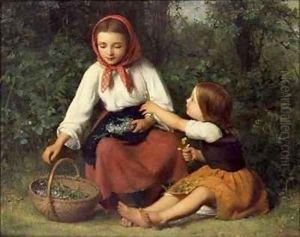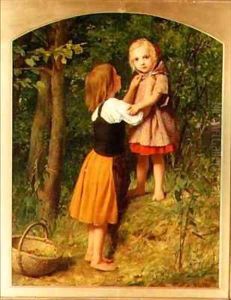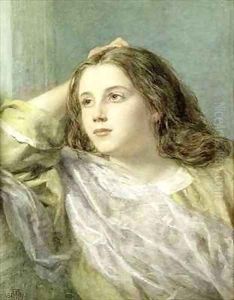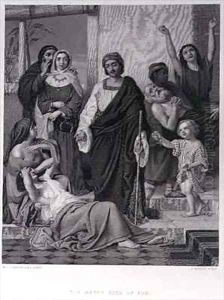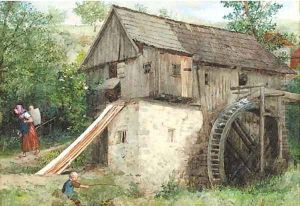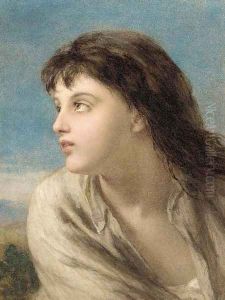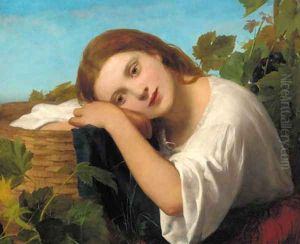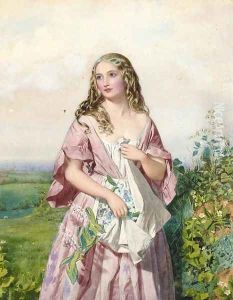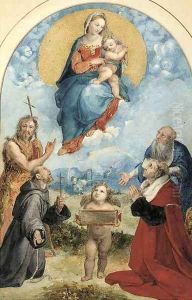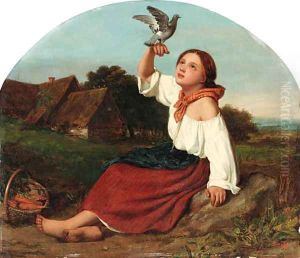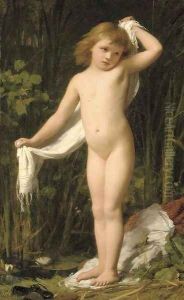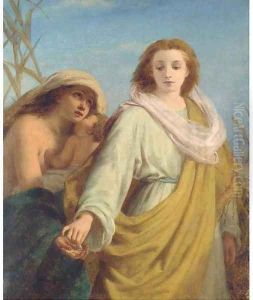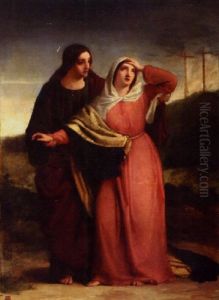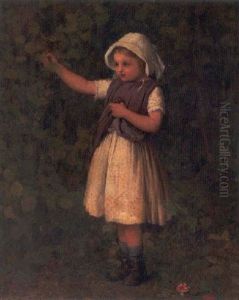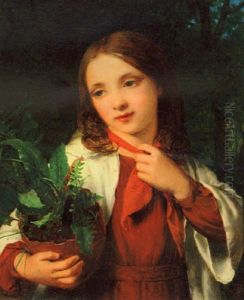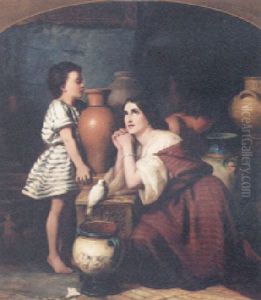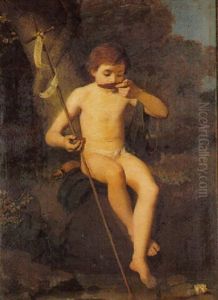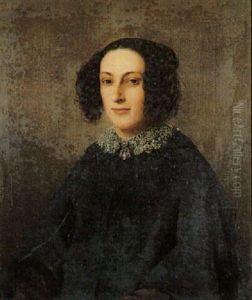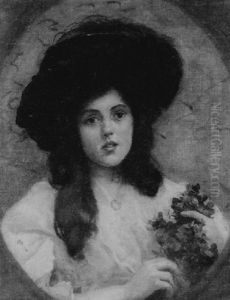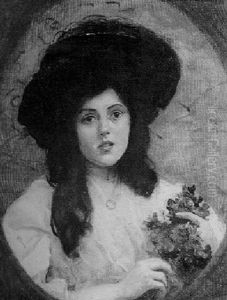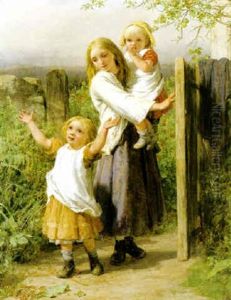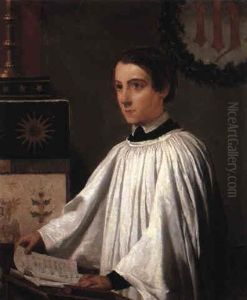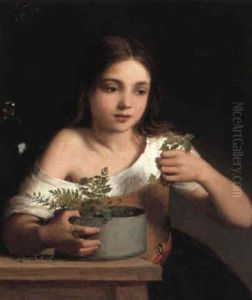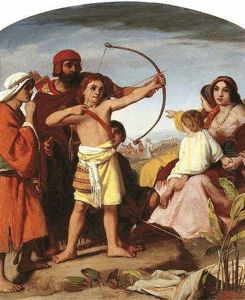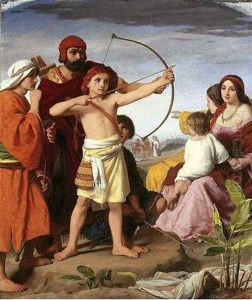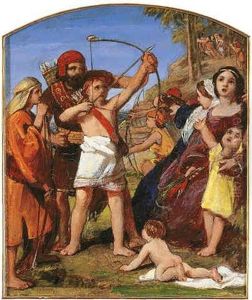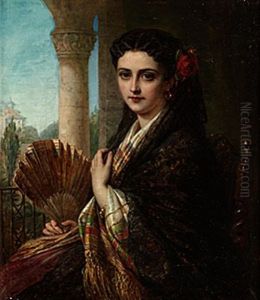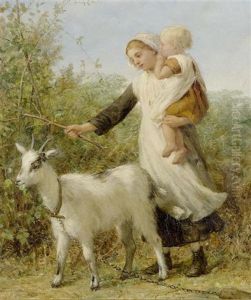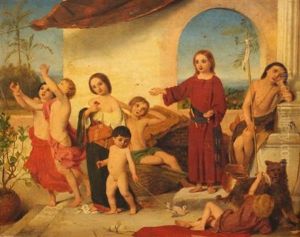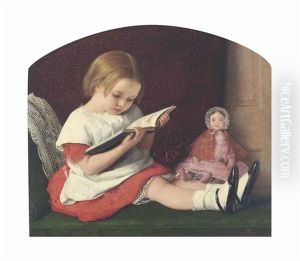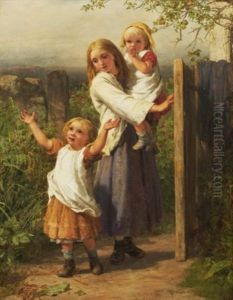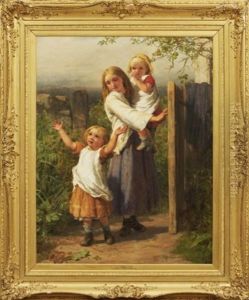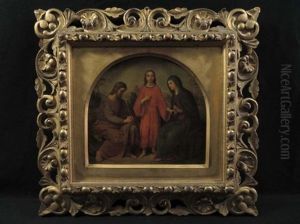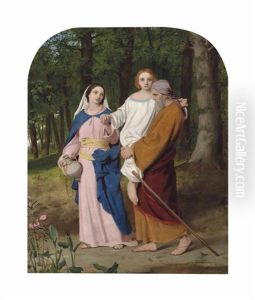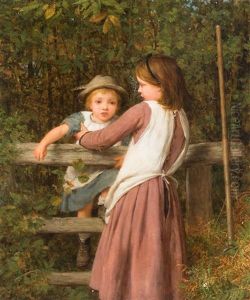William Charles Thomas Dobson Paintings
William Charles Thomas Dobson, often known as W.C.T. Dobson, was an English painter and Royal Academician born in Hamburg, Germany, on February 28, 1817. Despite being born overseas, Dobson was British by lineage and spent most of his professional life in England. His father was a merchant, which allowed young Dobson to receive a good education and to pursue his interests in the arts.
Dobson began his artistic education at a young age, studying at the Sass's Academy in London before moving on to the Royal Academy schools in 1836. There, he honed his skills in drawing and painting, showing a particular talent for historical and religious subjects. He was influenced by the works of the Old Masters and developed a style that emphasized classical composition and rich coloration.
His early career was marked by a series of successful exhibitions at the Royal Academy, where he first exhibited in 1839. Dobson's subject matter often included scenes from literature, history, and the Bible. He gained recognition for his works such as 'The Expulsion of the Money-Changers from the Temple' and 'The Reconciliation of Jacob and Esau.' His painting 'Charity' earned him the distinction of being elected an Associate of the Royal Academy in 1859, and he became a full Royal Academician in 1861.
Beyond painting, Dobson also played a role in the administration of the Royal Academy and was a respected teacher. He served as Keeper of the Royal Academy from 1873 until his retirement in 1888, a position that involved overseeing the training of students and the management of the academy's schools.
Dobson's later works continued to reflect his commitment to religious and historical themes, though his popularity waned towards the end of his career, with the rise of new art movements such as Impressionism. Nevertheless, he remained a well-respected figure within the British art establishment until his death.
William Charles Thomas Dobson passed away on December 30, 1898. His legacy includes a body of work that captures the Victorian era's interest in narrative, morality, and the classical tradition in art. His paintings can be seen in various galleries and collections across the United Kingdom.
